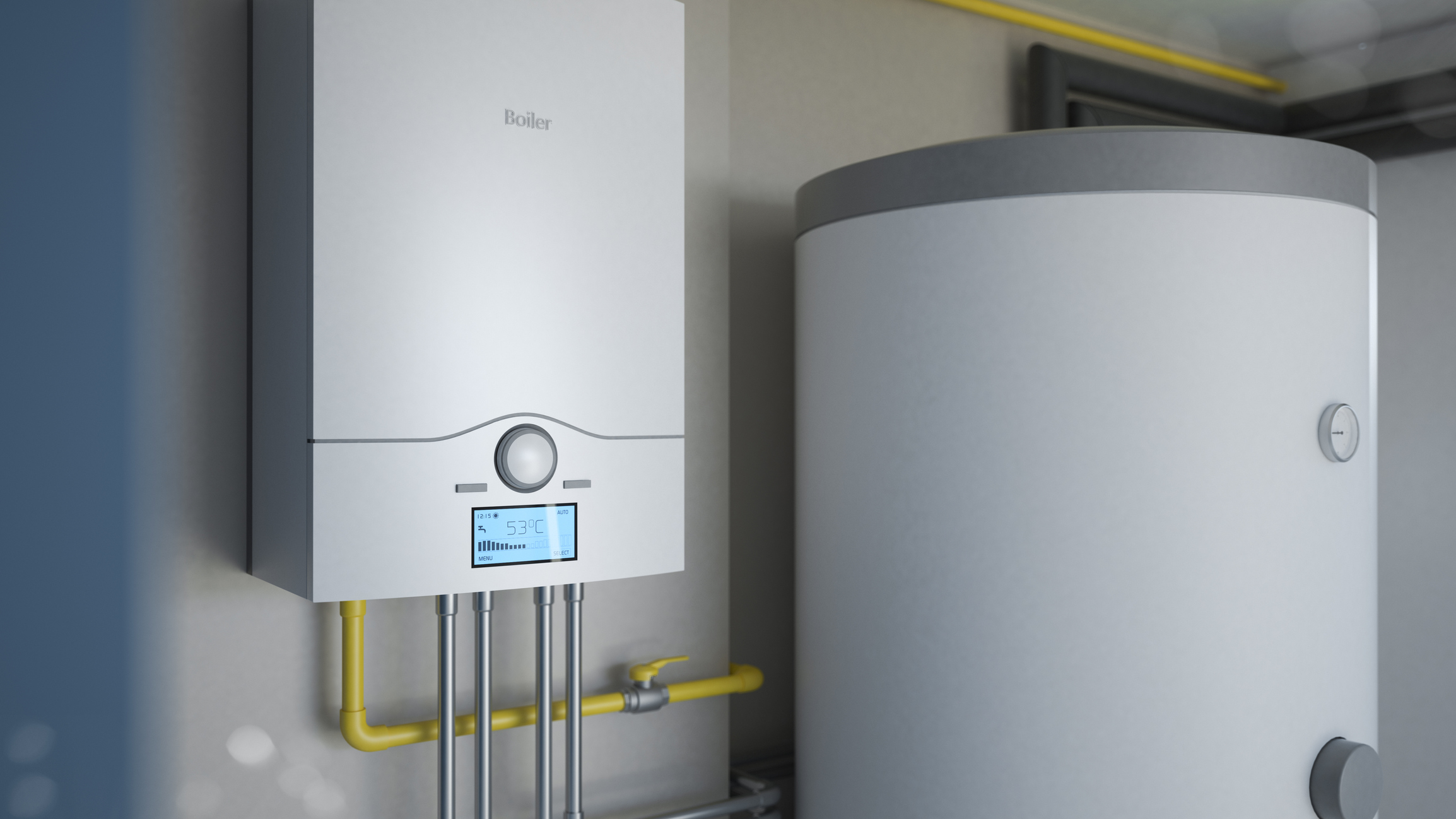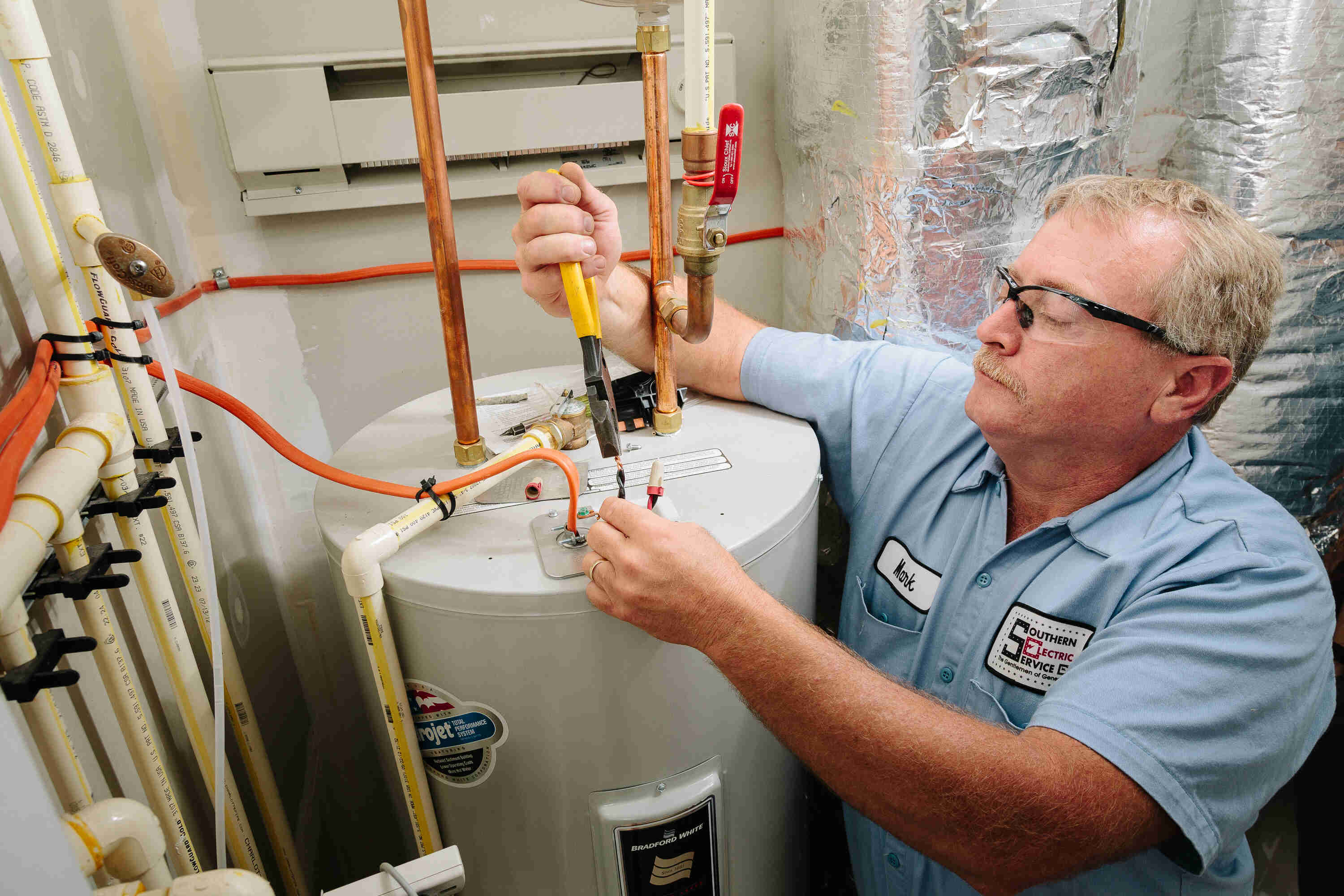Top Methods to Care for Your Home's Hot Water System SuccessfullyWays to Successfully Maintain Your Home's Hot Water SystemMaintaining Your Home's Hot Water System: Key Tips
Top Methods to Care for Your Home's Hot Water System SuccessfullyWays to Successfully Maintain Your Home's Hot Water SystemMaintaining Your Home's Hot Water System: Key Tips
Blog Article
Were you in search of critical information involving How to Maintain a Hot Water Heater in a Few Simple Steps?

Hot water is essential for day-to-day comfort, whether it's for a revitalizing shower or washing recipes. To guarantee your hot water system runs successfully and lasts longer, normal maintenance is crucial. This article provides functional tips and understandings on how to preserve your home's warm water system to avoid disturbances and expensive repairs.
Intro
Keeping your home's hot water system may appear difficult, but with a couple of easy actions, you can ensure it operates efficiently for years ahead. This guide covers whatever from recognizing your hot water system to DIY upkeep tips and knowing when to call in expert assistance.
Relevance of Maintaining Your Hot Water System
Normal upkeep not only prolongs the life-span of your warm water system but likewise guarantees it runs successfully. Overlooking upkeep can bring about decreased efficiency, higher energy expenses, and also premature failure of the system.
Indications Your Hot Water System Requirements Upkeep
Recognizing when your warm water system requires interest can stop significant concerns. Keep an eye out for signs such as inconsistent water temperature, odd sounds from the heating system, or corroded water.
Recognizing Your Warm Water System
Prior to diving right into maintenance jobs, it's handy to understand the standard parts of your warm water system. Normally, this includes the water heater itself, pipes, anode poles, and temperature level controls.
Month-to-month Maintenance Tasks
Regular regular monthly checks can help capture minor issues before they rise.
Purging the Water Heater
Flushing your water heater gets rid of debris buildup, improving efficiency and lengthening its life.
Monitoring and Replacing Anode Rods
Anode poles prevent rust inside the container. Checking and replacing them when worn is crucial.
Inspecting and Readjusting Temperature Setups
Adjusting the temperature level setups makes certain optimal performance and safety and security.
DIY Tips for Upkeep
You can perform several upkeep tasks yourself to maintain your warm water system in leading condition.
Checking for Leaks
Consistently check pipes and links for leaks, as these can cause water damage and higher costs.
Examining Pressure Alleviation Valves
Testing the stress relief valve guarantees it works correctly and prevents extreme pressure buildup.
Shielding Pipelines
Protecting hot water pipelines minimizes warm loss and can save energy.
When to Call a Professional
While do it yourself maintenance is advantageous, some problems require specialist know-how.
Facility Problems Calling For Expert Help
Instances include major leakages, electrical troubles, or if your water heater is continually underperforming.
Routine Specialist Maintenance Benefits
Expert upkeep can include detailed evaluations, tune-ups, and making certain compliance with security standards.
Verdict
Regular maintenance of your home's warm water system is essential for effectiveness, long life, and cost financial savings. By complying with these pointers and knowing when to look for specialist help, you can guarantee a trusted supply of warm water without unanticipated disruptions.
How to Maintain an Instant Hot Water Heater
Before tinkering with your hot water heater, make sure that it’s not powered on. You also have to turn off the main circuit breaker and shut off the main gas line to prevent accidents. Also turn off the water valves connected to your unit to prevent water from flowing into and out of the appliance. 2. When you’re done, you have to detach the purge valves’ caps. These look like the letter “T” and are situated on either side of the water valves. Doing so will release any pressure that has accumulated inside the valves while at the same time avoid hot water from shooting out and burning your skin. 3. When the purge valves’ caps are removed, you have to connect your hosing lines to the valves. Your unit should have come with three hoses but if it didn’t, you can purchase these things from any hardware or home repair shops. You can also get them from retail stores that sell water heating systems. Read the user’s manual and follow it to complete this task properly. When the hosing lines are connected, open the purge port’s valves. 4. You should never use harsh chemical cleaners or solutions when cleaning your unit. Make use of white vinegar instead. It should be undiluted and you’ll probably use about 2 gallons. 5. Now flush your water heater. This task should probably take about 40 minutes. We can’t give you specific directions for this because the procedure is carried out depending on the type, model and brand of your heater. With that being said, refer to the user’s manual. 6. When you’re done draining the unit, you have to turn off the purge port valves again. Remove the hosing lines that you earlier installed on each of the water valves. Put the valve caps (purge port) back in their respective places and be very careful so as not to damage the rubber discs that are found inside these caps. 7. Now that everything’s back in place, check your user’s manual again to find out how to reactivate your water heating system. 8. Once it is working, turn one of your hot water faucets on just to let air pass through the heater’s water supply pipes. Leave the tap on until water flows smoothly out of it. https://www.orrplumbing.com/blog/2014/september/how-to-maintain-an-instant-hot-water-heater/

I'm just very enthusiastic about Tips For Maintaining Your Hot Water Heater and I am praying you appreciated the entire post. For those who enjoyed our article please do not forget to pass it around. We take joy in your readership.
Call Today Report this page